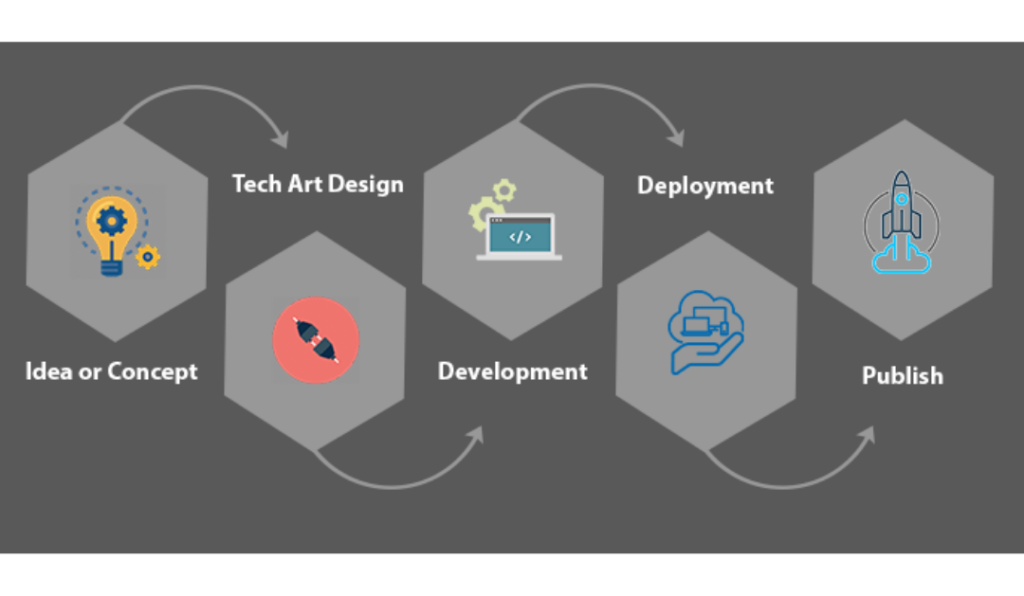
Game development is a complex and creative process that requires a team of skilled professionals to bring an idea to life. From concept to launch, the process can take months or even years to complete. In this article, we’ll explore the game development process and highlight examples of successful games that have been created using this process.
Introduction to game development
Game development involves designing, coding, testing, and launching a game. The process requires a multidisciplinary team, including game designers, programmers, artists, and sound designers. Each team member brings a unique set of skills and expertise to the project, which are essential for creating a high-quality game.
The game development process
The game development process typically consists of several stages, including concept and ideation, design and prototyping, development and testing, and launch and post-launch support. Each stage is essential for creating a successful game that meets the needs and expectations of players.
Concept and ideation
The first stage of game development is concept and ideation. This stage involves brainstorming and exploring different ideas for the game. The team must consider the target audience, game mechanics, storyline, and visual design. Once the concept is established, the team can move on to the next stage.
Design and prototyping
The design and prototyping stage involves creating a visual representation of the game, including characters, environments, and gameplay mechanics. This stage also involves creating a prototype, which is a working version of the game that can be tested and refined.
Development and testing
The development and testing stage involves coding and programming the game. The team must ensure that the game mechanics work as intended, and that the game is bug-free. The game is then tested by a team of testers to ensure that it is stable and runs smoothly.
Launch and post-launch support
The launch and post-launch support stage involves releasing the game to the public and providing ongoing support and updates. This stage requires the team to monitor the game’s performance, respond to user feedback, and make necessary changes to improve the game.
Examples of successful games
There are many successful games that have been created using the game development process. One such example is “Fortnite,” which has become a cultural phenomenon and generated billions of dollars in revenue. Another example is “Minecraft,” which has sold over 200 million copies and has become one of the best-selling games of all time.
Game development is a complex and creative process that requires a team of skilled professionals to bring an idea to life. The process involves several stages, including concept and ideation, design and prototyping, development and testing, and launch and post-launch support. Successful games require a combination of innovative gameplay mechanics, engaging storytelling, and high-quality visual design. By following the game development process and learning from successful games, developers can create games that resonate with players and stand the test of time.

